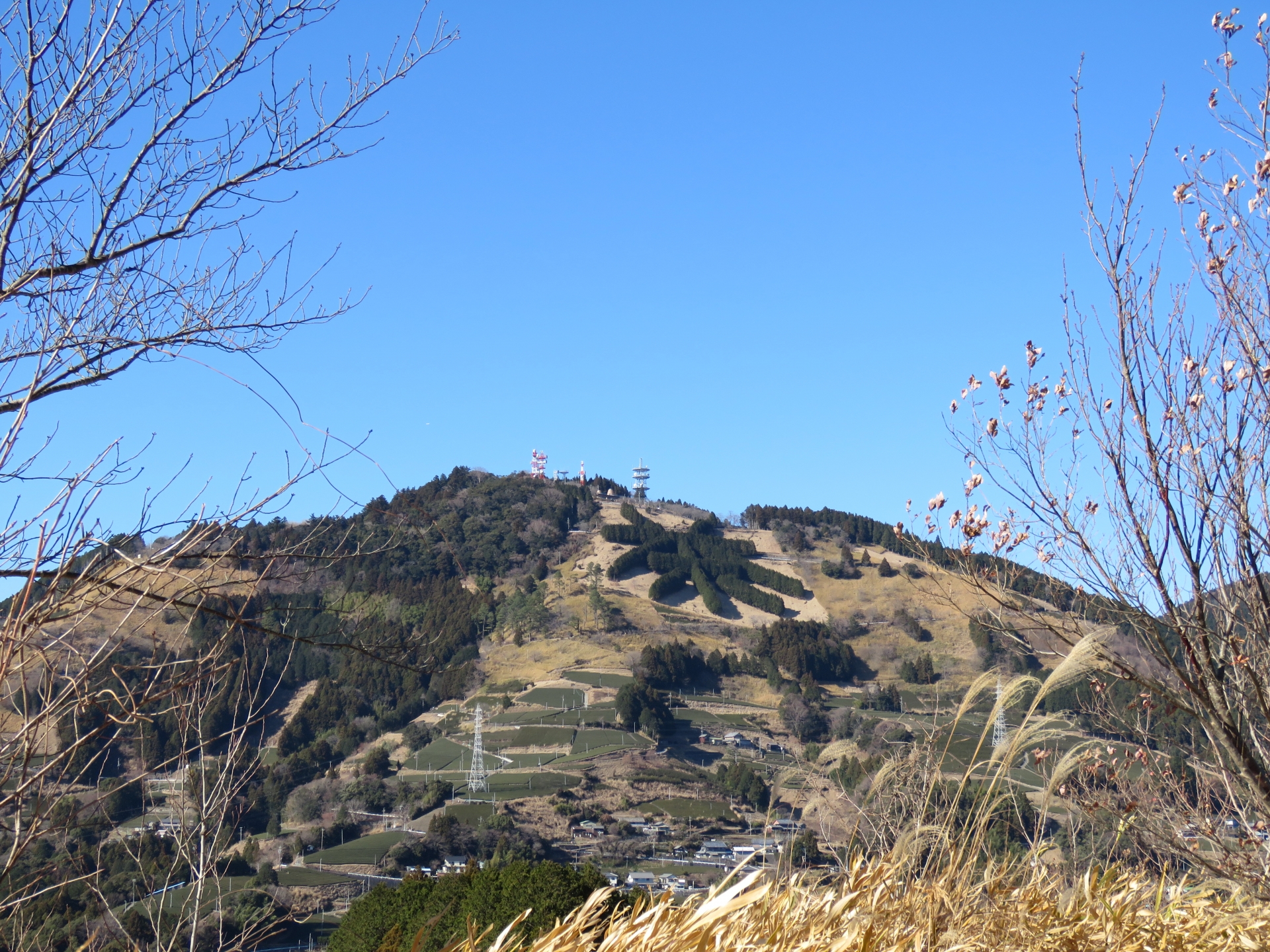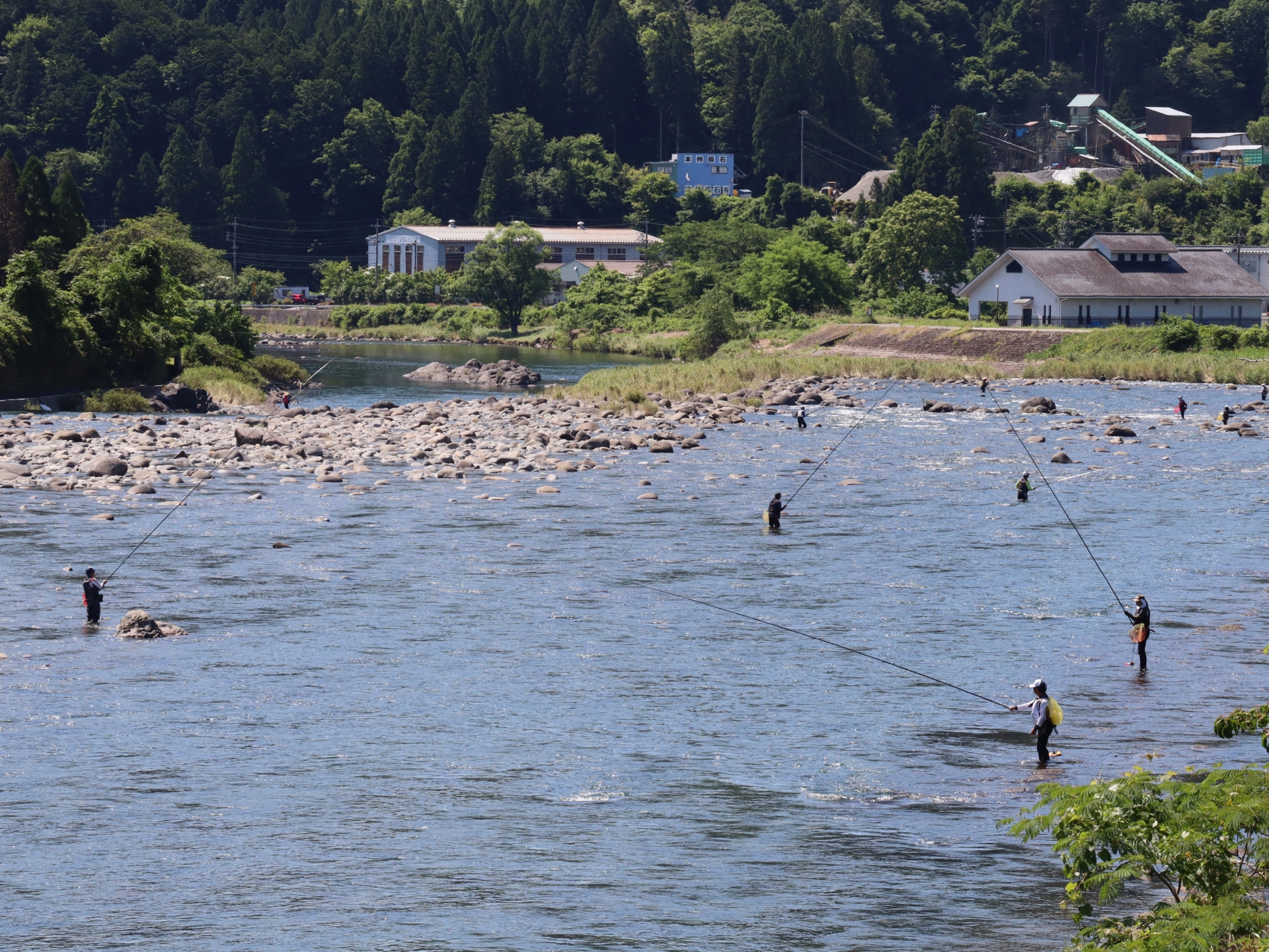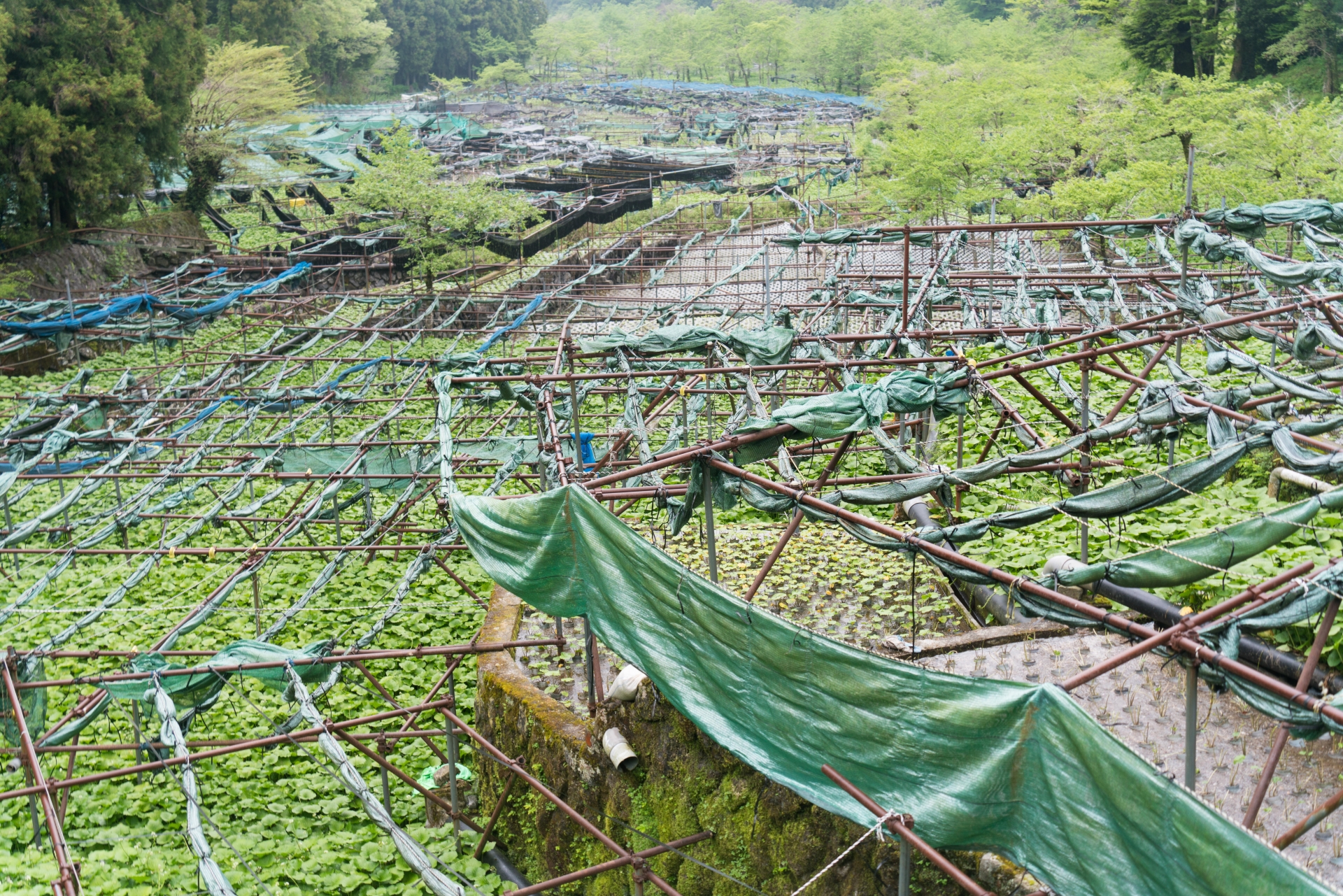Traditional agriculture, forestry, and fisheries systems:
These systems have been passed down for many years, adapting to changes in the times and environment.
Living heritage:
These systems are not only considered heritage from the past, but also continue to be active today and should be preserved in a sustainable manner for the future.
Comprehensive systems:
These systems are evaluated comprehensively, taking into account not only agriculture, forestry, and fisheries, but also the culture, landscape, and biodiversity associated with them.
Sustainable use:
In addition to conservation, these systems are expected to contribute to regional revitalization and economic activity by utilizing their value.
Purpose of Globally Important Agricultural Heritage Systems:
Biodiversity Conservation:
Traditional agriculture, forestry, and fisheries systems maintain environments where diverse organisms can live and grow, contributing to biodiversity conservation.
Cultural Preservation:
The aim is to pass on traditional knowledge, techniques, culture, and landscapes to future generations.
Regional revitalization:
Certified regions are expected to enhance their brand value and revitalize the regional economy by attracting tourists and expanding sales channels for agricultural products.
In Japan, “Noto Satoyama Satoumi” and “Sado Satoyama, Coexisting with the Japanese Crested Ibis” were certified for the first time in 2011.
Main differences between Globally Important Agricultural Heritage Systems and World Heritage Sites:
World Heritage Sites focus on real estate such as buildings and ruins, with the aim of strict protection, while Globally Important Agricultural Heritage Systems target entire regions engaged in agriculture, forestry, and fisheries, with the dual objectives of conservation and sustainable use.





